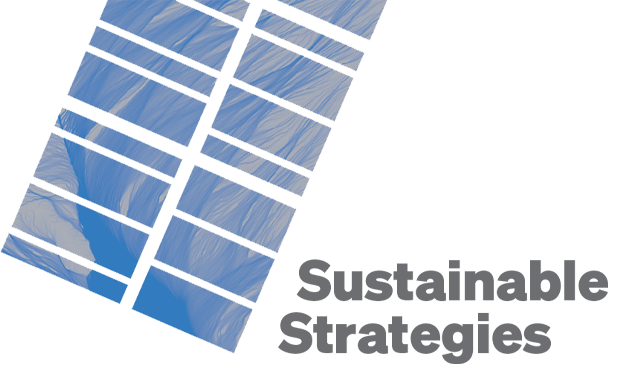In October, Seattle Traffic released a brilliant marketing campaign, urging Seattleites to “Flip Your Trip.” This type of marketing is central to moving the needle, and here’s why.
Environmental topics have a tendency to suffer from what we call a “branding” problem. The messaging often goes something like this: in order to be “sustainable,” you have to give something up, usually in the form of comfort or convenience. This messaging is also commonly littered with images of globes, tree frogs, earth tones, and sad polar bears. These are important themes - but they don’t engage people or inspire action. And that’s what we need!
Contrast these “branding” issues with the Flip Your Trip video and campaign. It’s funny. It’s engaging. It makes you want to participate and Flip Your Trip. It doesn’t (at least directly) shame people for driving single occupancy vehicles. Instead, it suggests that using alternative transportation could actually be fun. It challenges residents to explore the city in a new way, and to try something new (with minimal risk or inconvenience, just once a week).
We need more of this positive messaging - and the engagement it fosters. We will dive deeper into this topic in later posts, but campaigns like Flip Your Trip often leverage research that explains our social and psychological barriers to sustainable behavior.
At Sustainable Strategies, we help clients utilize these and other tools to create authentic marketing materials that engage audiences while accurately portraying sustainable attributes.
Resources:
Overcoming the Social and Psychological Barriers to Green Building, by Andrew J. Hoffman and Rebecca Henn of the University of Michigan (2008), available for download from various online sources.
More information and other resources regarding Flip Your Trip are available on the Seattle Traffic page, here.
